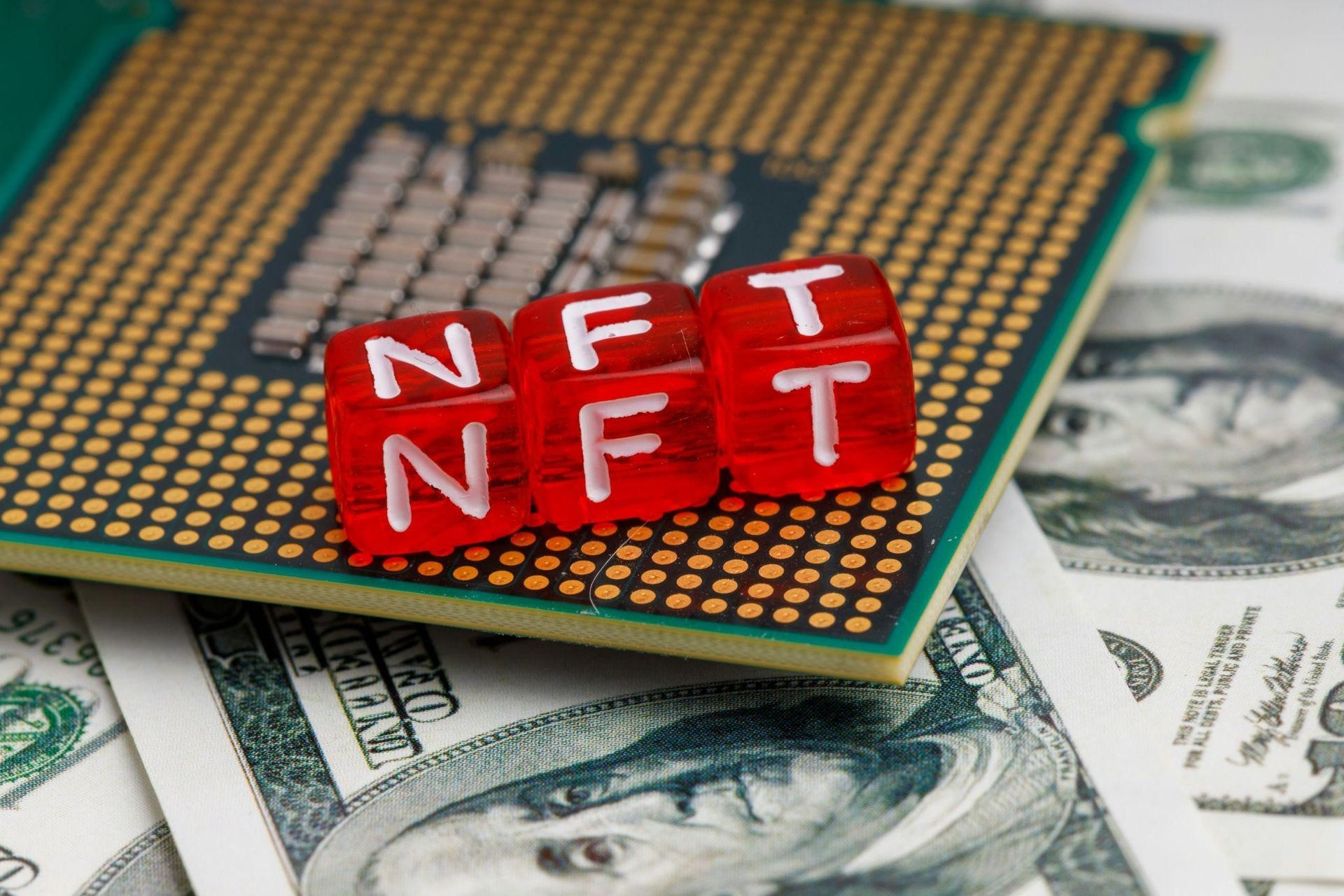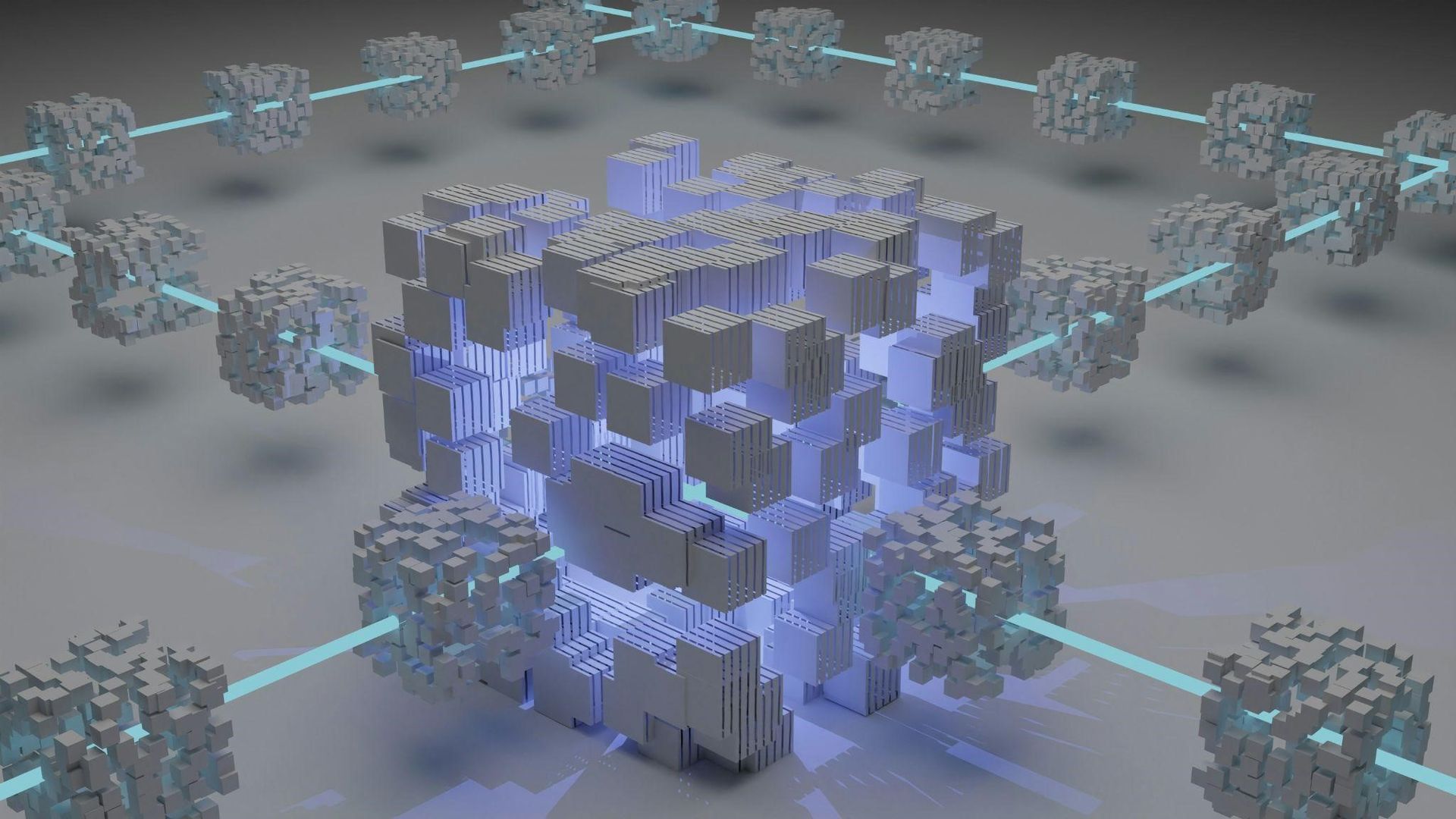Photo by Morthy Jameson
Digital property, from cryptocurrencies to NFTs and tokenized actual-global property, has not just become a fundamental element of today’s monetary ecosystem, but a growing reliance. As more people and businesses include virtual assets, the significance of steady control has surged. The growing reliance on virtual currencies and assets underscores the urgent need for stronger security measures, especially with the rise of cyber threats.
This article explores the evolution of virtual asset control and the growing emphasis on Crypto Wallet Security, which plays a critical role in safeguarding those valuable properties.
The Evolution of Digital Asset Management
Digital asset Management(DAM) refers to the systems, technologies, and strategies used to arrange, keep, retrieve, and shield digital property.
Over the years, DAM has evolved dramatically due to the exponential growth of digital currencies and blockchain generation. What started as simple mechanisms to keep cryptocurrency keys has now accelerated into more complex solutions designed to stabilize various digital properties.
The Rise of Decentralized Finance and NFTs
 Photo by Andrey
Metelev on Unsplash
Photo by Andrey
Metelev on Unsplash
As decentralized finance (DeFi), a financial system that operates without traditional intermediaries such as banks, and NFTs, unique digital assets that represent ownership of a specific item or piece of content, gained reputation, the need for extra sophisticated digital asset control solutions became apparent. Users are now not simply storing cryptocurrencies—they are dealing with complete portfolios of digital belongings across several systems and ecosystems. With the upward push of DeFi protocols, staking, lending, and token swaps, digital asset management required greater integrated solutions that no longer only offered garages but also facilitated secure transactions and portfolio management.
The Role of Institutional Investors
As institutional investors began entering the digital asset area, the stakes grew even higher. Corporations, hedge funds, and financial institutions needed employer-degree answers that furnished security, scalability, and regulatory compliance. This marked a turning point in the evolution of digital asset management, as the focal point shifted from just securing property to handling it with greater transparency and oversight, underlining the gravity of the situation.
Crypto Wallet Security
As the virtual asset atmosphere has grown, so too have the dangers. With billions of greenbacks in property now held digitally, crypto wallet security has become paramount. Ensuring that virtual wallets are steady is crucial for handling digital property and protecting it from robbery, hacks, and unauthorized access.
Key Components of Crypto Wallet Security:
- Private Key Protection: A non-public secret is the maximum touchy part of a crypto wallet, and its protection is vital. Modern wallets use superior encryption techniques to maintain non-public keys safely. Hardware wallets have won popularity as they shop keys offline, lowering exposure to online threats.
- Multi-Factor Authentication (MFA): MFA provides an additional layer of security, requiring users to verify their identification through multiple strategies. This can consist of passwords, biometric scans, and one-time verification codes.
- Cold Storage: For massive amounts of assets, bloodless garage—storing crypto offline—is one of the most steady alternatives. Cold wallets are immune to online hacks and are often used by establishments and long-term buyers.
- Regular Updates and Patches: Keeping wallet software updated is not just crucial, but a necessity for averting security vulnerabilities. Many cyberattacks target outdated software programs that lack the latest safety patches, making staying updated a necessity in the digital asset management landscape.
Advancements in Digital Asset Security

Photo by Shubham Dhage on Unsplash
As threats evolve, so do the gear and technology aimed at safeguarding digital assets. Several advancements have fashioned the modern landscape of digital asset safety:
1. Multi-Signature Wallets
Multi-signature wallets require many secret keys to authorize a transaction. This feature is extraordinarily useful for organizations or businesses where more than one event needs to approve asset transfers. By requiring multiple signatures, multi-signature wallets add an additional layer of safety, making unauthorized transactions extra tough.
2. Custodial vs. Non-Custodial Wallets
The debate between custodial and non-custodial wallets remains a focal point in crypto wallet safety. Custodial wallets, often provided through exchanges, deliver 1/3-party companies manipulation over non-public keys, which can be handy but introduces dangers of centralized hacking assaults. Non-custodial wallets, on the other hand, give users full control of their property, reducing the threat of dropping funds due to an exchange hack and increasing the responsibility for safeguarding private keys.
Tip: For users prioritizing security, non-custodial wallets or hardware wallets are often the desired option to preserve management over private keys.
3. Enhanced Encryption Techniques
With developing protection threats, virtual asset control systems have included more superior encryption strategies to protect non-public keys and sensitive statistics. Encryption ensures that information remains steady at some stage in transmission and storage, and new cryptographic protocols, including threshold cryptography, further enhance security.
4. Regulatory Compliance and Audits
The rise of virtual assets has caught the attention of regulators worldwide. In reaction, many organizations supplying digital asset management services have started implementing more potent safety frameworks to meet regulatory necessities. Regular audits, Know Your Customer (KYC) tactics, and anti-money laundering (AML) protocols ensure that belongings are controlled securely, even when adhering to legal standards. The evolution of virtual asset control has placed protection at the forefront of the conversation.
As the digital financial system expands and more individuals and institutions interact with cryptocurrencies and different digital belongings, Crypto Wallet Security becomes increasingly important. Through superior encryption, multi-signature wallets, and innovations like decentralized identity answers, the future of virtual asset management is poised to grow even more secure.
To stay ahead, users and institutions must prioritize security by adopting high-quality practices, using non-custodial wallets, imposing multi-element authentication, and staying knowledgeable on the modern-day advancements in wallet technology.
By doing so, they could guard their property and continue to thrive within the evolving international of virtual finance.
Article submitted by: Zoë Woods